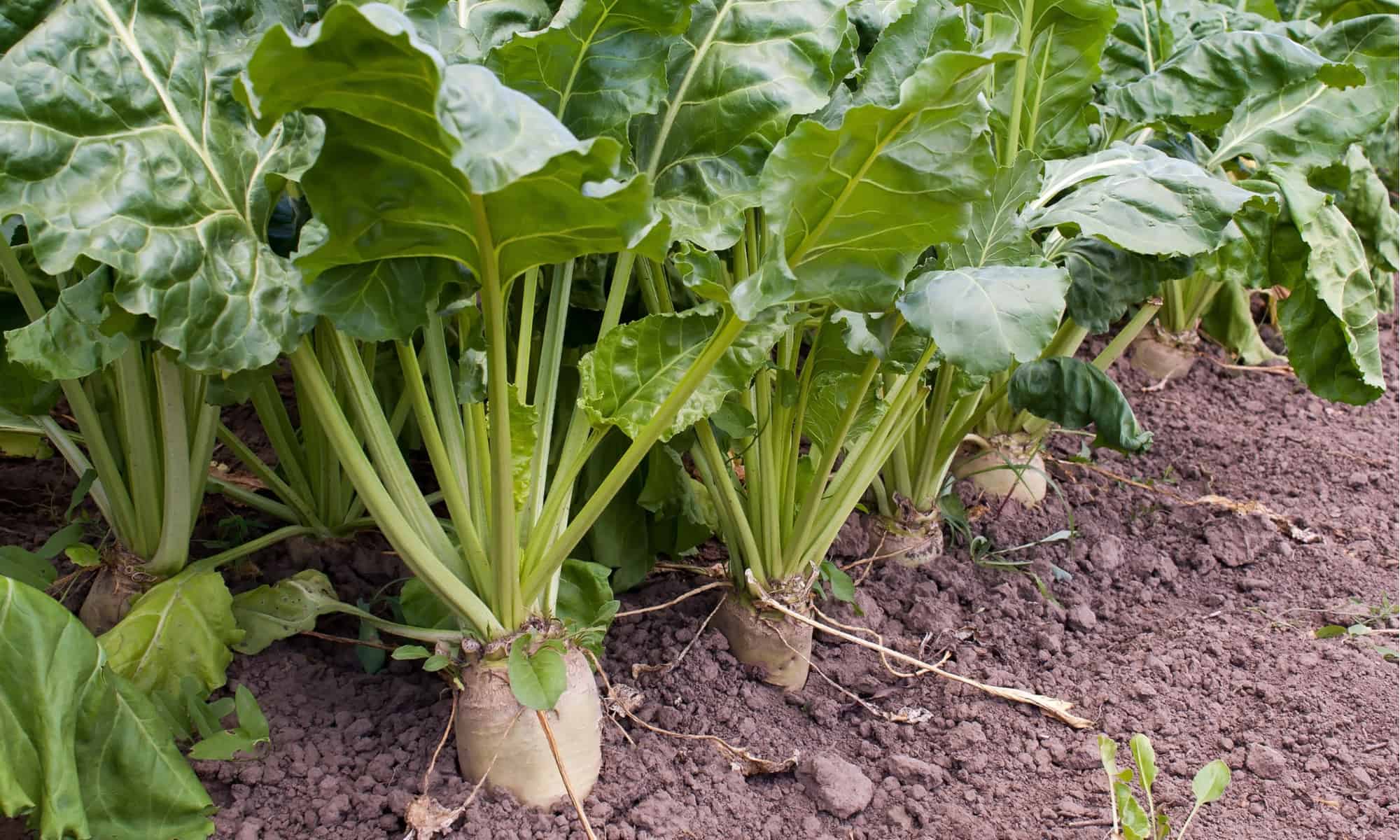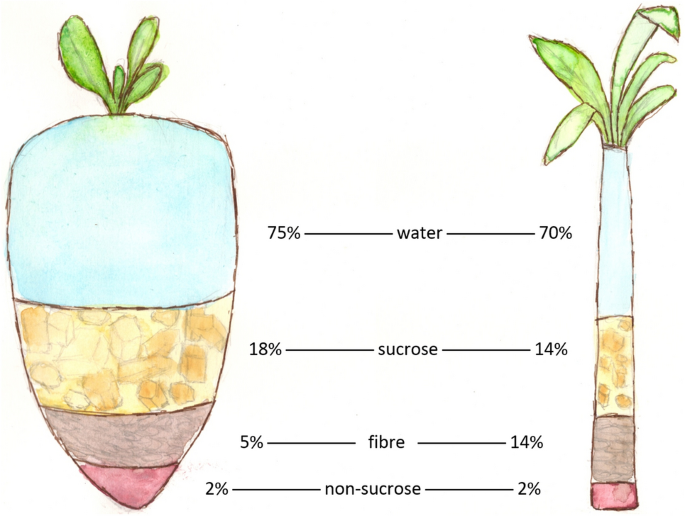The choice between beet sugar vs cane sugar can influence the final taste of certain dishes.
The choice between beet sugar vs cane sugar can influence the final taste of certain dishes.
Blog Article
Recognizing the Nutritional Conveniences of Beet Sugar Vs Walking Stick Sugar for Health And Wellness Conscious Customers
When examining the dietary ramifications of beet sugar versus walking stick sugar, health-conscious consumers find that both varieties largely include sucrose and deal comparable caloric values, each adding around 16 calories per tsp. Regardless of this resemblance, neither kind gives considerable health benefits, as they are empty of crucial nutrients. Checking out the wider impacts, including ecological factors to consider and long-lasting health effects of sugar intake, could illuminate more nuanced differences between these two sugars.
Nutritional Account and Caloric Worth of Beet Sugar and Cane Sugar
Although both beet sugar and walking stick sugar are primarily made up of sucrose, their nutritional accounts and caloric worths are remarkably comparable. Each provides about 16 calories per tsp and consists virtually completely of carbs, with minimal amounts of healthy protein or fat. These sugars also lack considerable quantities of vitamins or minerals. The refinement process remove many of the integral nutrients, making both kinds virtually identical in terms of nourishment. There are trace distinctions in the impurities that stay after handling, which can a little affect the flavor and color of the sugars, yet these are minimal in terms of health and wellness influence. For customers concentrating on dietary effect, the selection between beet and walking stick sugar is a lot more concerning individual choice or potential environmental worries instead of dietary distinctions. Both need to be consumed in moderation within a balanced diet plan because of their high caloric material and lack of essential nutrients (beet sugar vs cane sugar).
Environmental Impact and Sustainability of Sugar Manufacturing
While the dietary differences between beetroot sugar and walking stick sugar are very little, their manufacturing processes offer more substantial variations, especially in terms of ecological effect and sustainability. Walking stick sugar manufacturing commonly includes extensive land usage and deforestation, which adds to environment destruction and biodiversity loss. This farming is likewise associated with high water intake and water contamination as a result of the overflow of pesticides and plant foods. On the other hand, beetroot sugar production generally calls for less land and can be grown in more pleasant climates, which might decrease the demand for irrigation and the affiliated water source depletion.
Nonetheless, beetroot cultivation is not without its environmental difficulties; it entails significant power inputs, specifically in the north environments where it is expanded, due to the requirement for longer home heating durations in sugar handling. Both see page sugar beet and sugar cane markets are discovering extra sustainable methods, consisting of plant turning, chemical-free farming, and improved waste management methods to minimize these impacts.
Health And Wellness Results and Recommendations for Sugar Intake
Despite their minimal nutritional differences, both beet sugar and walking cane sugar can have destructive health and wellness impacts when consumed over. High intake of either kind of sugar adds to a variety of health and wellness problems, consisting of weight problems, type 2 diabetes mellitus, and heart problem. Both sugars are pure sucrose and deal no necessary nutrients besides calories, causing rapid spikes in blood glucose levels upon consumption.


Final Thought

Report this page